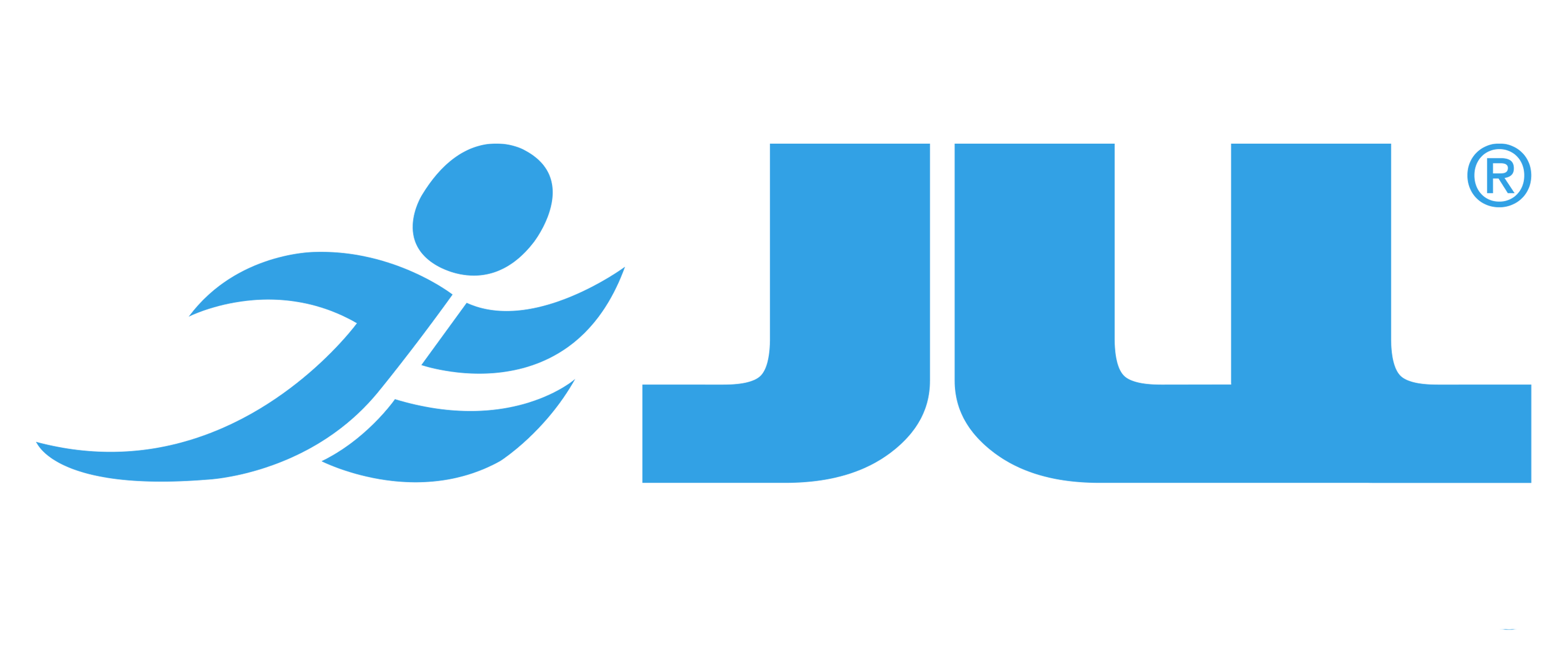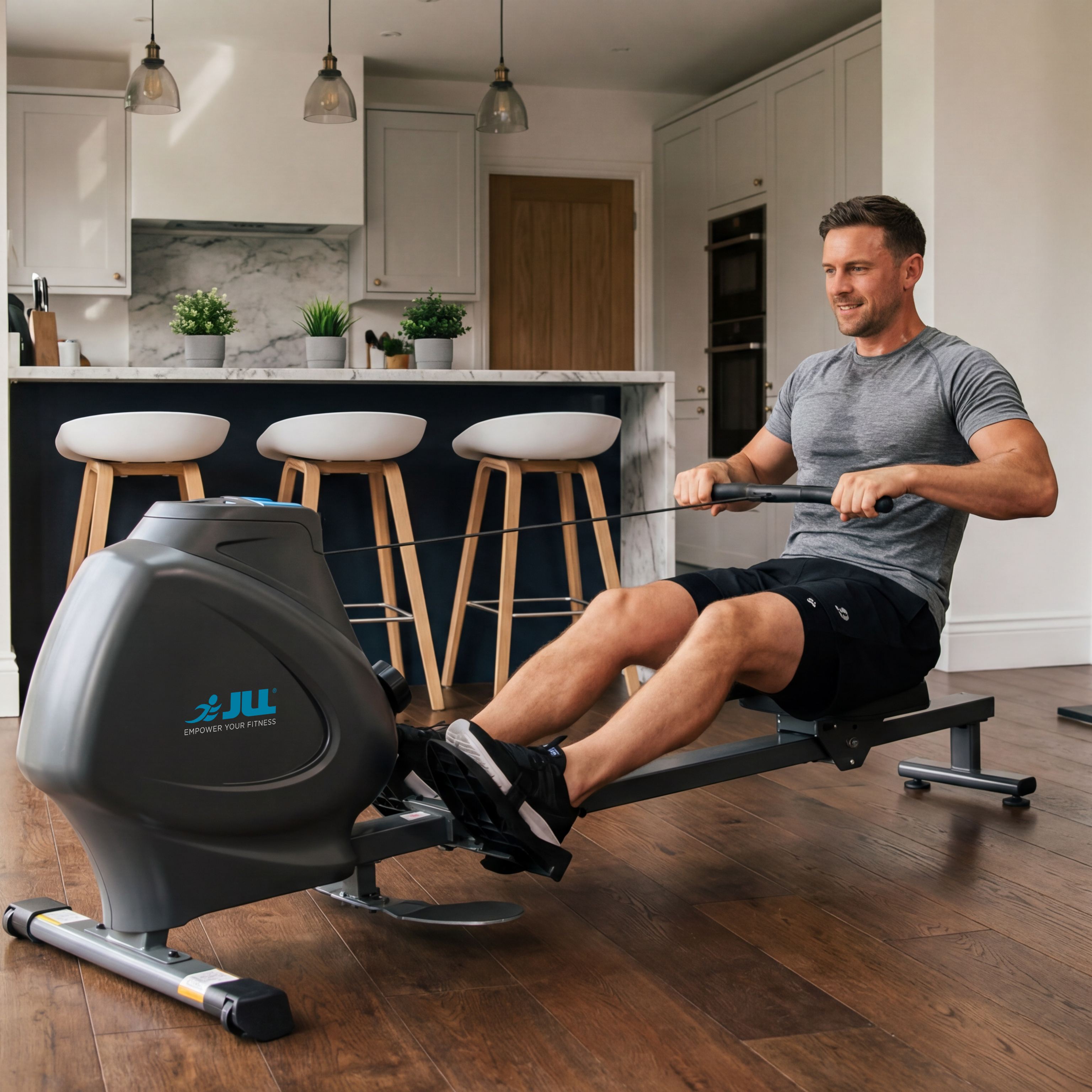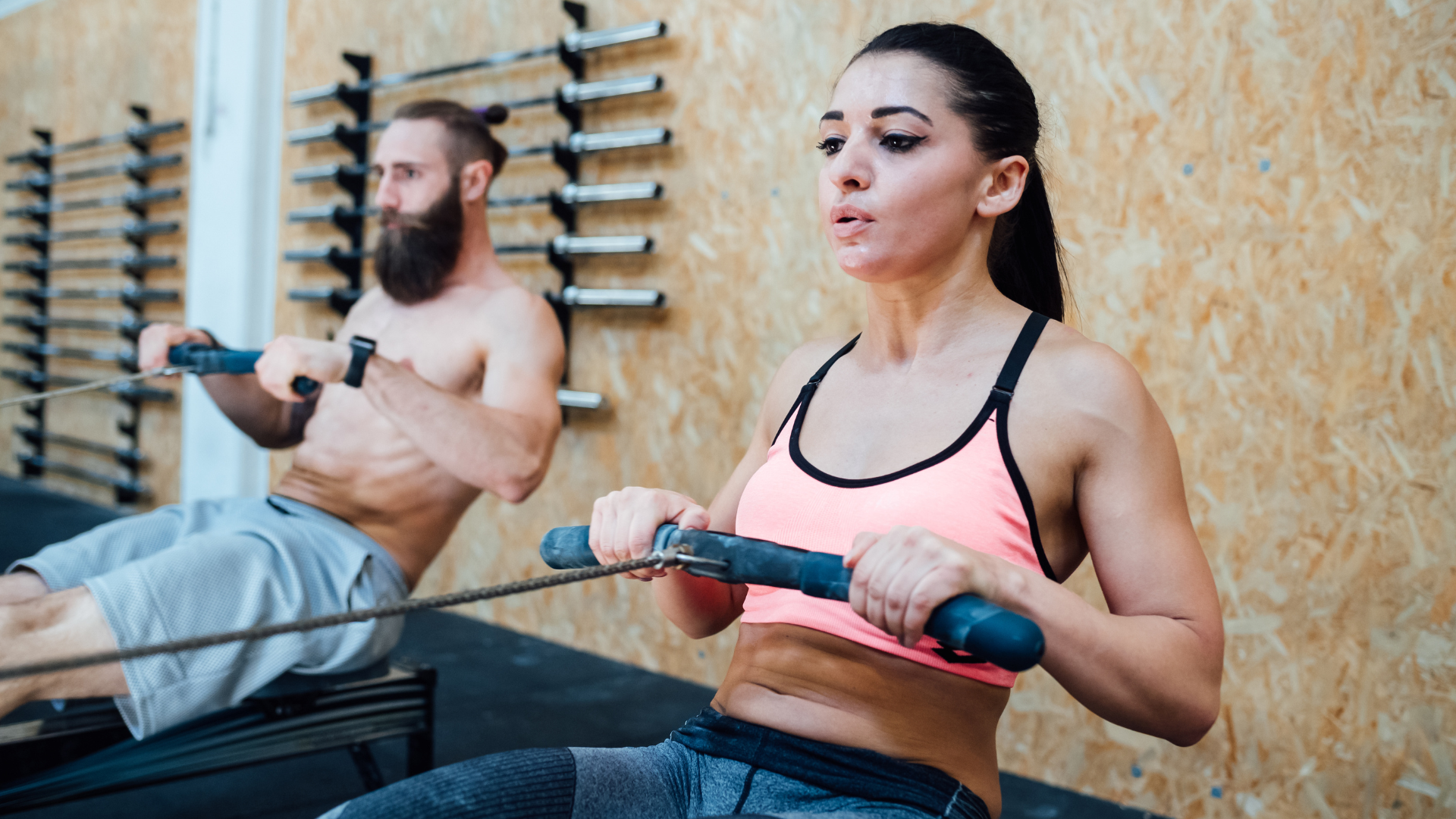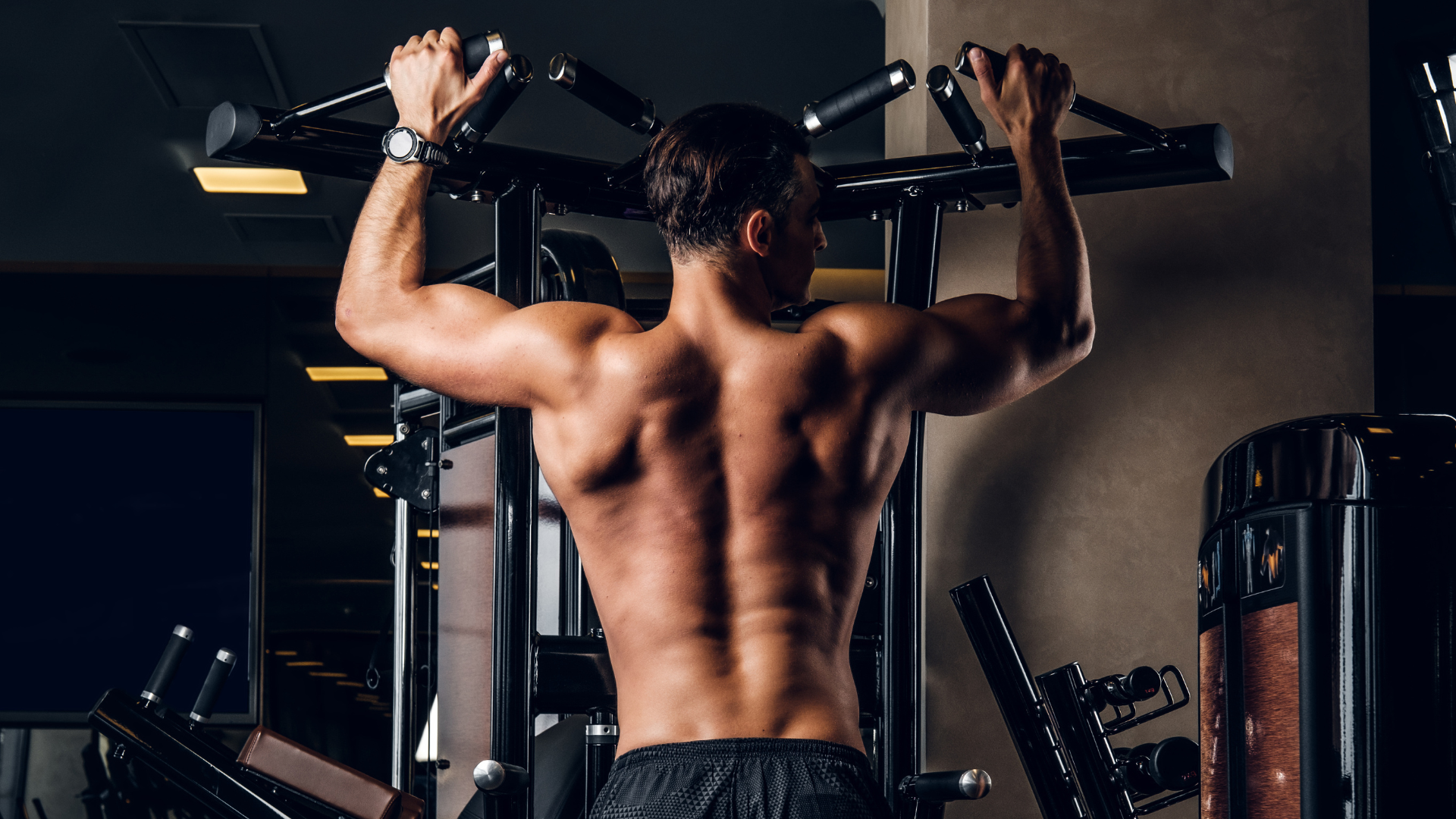Creating a home gym is a fantastic way to stay consistent with your fitness goals without having to commute to a gym. When setting up a home gym, weights are a key component because they allow for a wide range of exercises, target all major muscle groups, and can be adjusted as you get stronger. Here’s a guide to the best weights for your home gym, covering a variety of options for different fitness levels, goals, and space considerations.
-
Adjustable Dumbbells
Best for: Versatility and saving space.
Adjustable dumbbells are a must-have for any home gym, offering flexibility for various exercises without taking up a lot of space. You can adjust the weight by adding or removing plates, which means one set can replace multiple individual dumbbells.
Pros:
- Saves space.
- Cost-effective compared to buying multiple dumbbell sets.
- Suitable for various exercises (e.g., curls, presses, rows).
Cons:
- Adjustment mechanism can wear out with heavy use.
- May not feel as natural as traditional dumbbells.
-
Standard Dumbbells
Best for: Quick changes and beginner-friendly workouts.
Fixed-weight dumbbells are the traditional option, where each dumbbell has a set weight. These are ideal for those who don’t want to adjust weights during workouts and prefer the traditional feel of a dumbbell.
Pros:
- Quick to grab and use without any setup.
- Extremely durable, especially with rubber coating.
- Great for beginners due to their simplicity.
Cons:
- Take up more space if you need multiple weights.
- Can be costly to build a full set.
-
Kettlebells
Best for: Functional training and explosive workouts.
Kettlebells are fantastic for full-body movements, functional strength training, and cardiovascular conditioning. Their unique shape allows for exercises like swings, snatches, and Turkish get-ups, making them great for improving balance and core strength.
Pros:
- Great for dynamic, full-body exercises.
- Improves grip strength and core stability.
- Effective for both strength and cardio workouts.
Cons:
- Require technique to use correctly (risk of injury if used improperly).
- Limited in terms of progressive overload (you’ll need different weights for different exercises).
-
Barbell and Weight Plates
Best for: Serious strength training and powerlifting.
A barbell set with adjustable weight plates is essential for anyone focusing on compound lifts like squats, deadlifts, and bench presses. This setup allows for a tremendous range of exercises and easy weight adjustments.
Pros:
- Ideal for progressive strength training.
- Barbell exercises engage multiple muscle groups simultaneously.
- Wide variety of weights and exercises.
Cons:
- Requires more space (and sometimes a rack or bench).
- Higher cost for a complete setup.
- Can be intimidating for beginners.
-
Weight Plates (Bumper Plates or Iron Plates)
Best for: Barbell training and heavy lifting.
Whether you’re using them with a barbell or for other exercises (like weighted sit-ups or farmer's carries), weight plates are essential for strength training. Bumper plates (rubber-coated) are great for protecting floors and quieter lifting, while iron plates are a more budget-friendly option for traditional weight training.
Pros:
- Allows for incremental weight progression.
- Essential for heavy lifts.
- Bumper plates reduce noise and protect floors.
Cons:
- Can take up a lot of space.
- Expensive for high-quality bumper plates.
-
Weighted Vest
Best for: Bodyweight workouts and cardio training.
Weighted vests add resistance to bodyweight exercises, helping to build strength and increase endurance. They’re great for exercises like push-ups, pull-ups, squats, and even walking or running.
Pros:
- Adds intensity to bodyweight exercises.
- Versatile for strength and cardio.
- Easy to use without taking up much space.
Cons:
- Limited weight capacity.
- Can feel uncomfortable for some exercises (running or jumping).
-
Resistance Bands
Best for: Beginners, travel, or accessory work.
While not technically "weights," resistance bands are a fantastic complement to free weights, especially for accessory exercises, mobility work, or when you’re short on space or traveling. They provide resistance through tension, offering a different kind of stimulus compared to traditional weights.
Pros:
- Portable and affordable.
- Great for warm-ups, rehab, and mobility.
- Can be combined with weights for added resistance.
Cons:
- Limited in terms of heavy resistance.
- Can wear out and lose elasticity over time.
What’s Best for Your Home Gym?
The best weights for your home gym depend on your goals, space, and budget:
- If you're tight on space, adjustable dumbbells are a solid all-in-one option.
- If you're focusing on functional or explosive movements, invest in kettlebells.
- For serious strength training, a barbell and weight plates are essential.
- Resistance bands and weighted vests are excellent for supplementing bodyweight exercises and adding variety.
A balanced setup might include adjustable dumbbells, a barbell with plates, and a few kettlebells, giving you the flexibility to train every muscle group effectively.








Leave a comment
All comments are moderated before being published.
This site is protected by hCaptcha and the hCaptcha Privacy Policy and Terms of Service apply.